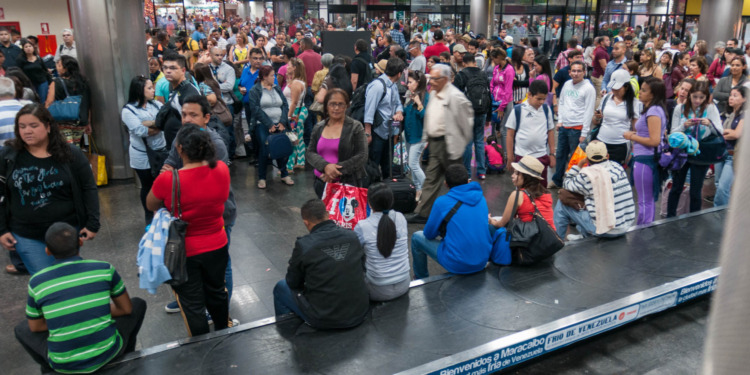Today, the world experienced a massive cyber outage that disrupted critical services across industries. Major websites, financial institutions, and communication networks were affected. The outage resulted in widespread panic and confusion as users struggled to access essential services.
Here’s what we know so far about today’s cyber outage.
Flight Disruptions
Flight cancellations and delays: Major U.S. airlines, including American Airlines, Delta Airlines, and United Airlines, have grounded flights due to the outage. Airports around the world are reporting delays and disruptions, with passengers facing uncertainty as airlines implement a “global ground stop” to address the issue.
The impact on air travel is significant, affecting millions of passengers and cargo shipments.
Banking and Financial Systems
Azure cloud services hit: The outage struck critical services powered by Microsoft’s Azure cloud, disrupting banking operations and airport handling systems.
Azure is a widely used cloud platform, hosting applications, databases, and infrastructure for financial institutions. The sudden failure led to transaction processing delays, online banking unavailability, and ATM outages. Banks are now assessing the financial losses incurred during the downtime.
CrowdStrike Falcon Sensor glitch: In an unexpected twist, the “CrowdStrike Falcon Sensor,” a separate cybersecurity platform, caused blue error screens on Windows PCs globally. This sensor is designed to detect and prevent cyber threats, but a faulty update triggered system crashes.
The infamous “Blue Screen of Death” (BSOD) appeared on countless screens, leaving users frustrated and IT teams scrambling to diagnose and fix the issue. The incident highlights the interconnectedness of cybersecurity tools and their potential impact on everyday operations.
911 Services Affected
Emergency response systems down: Alaska State Troopers reported that 911 services were down across the state. When emergencies strike, timely access to emergency services can be a matter of life and death. The outage disrupted communication between callers and dispatchers, affecting police, fire, and medical responses. Authorities are investigating the cause and working to restore full functionality.
Related Articles: How Climate Change Threatens Cybersecurity | Kidnapping and Ransom, an Old and New Business
Social Media Buzz
Screens of doom: The BSOD made unexpected appearances on public screens across the U.S., including Macy’s display windows, LAX Airport departure boards, and Minneapolis St. Paul Airport information kiosks. Startled travelers and shoppers snapped photos and shared them on social media. Similar blue error screens popped up in London’s Piccadilly Circus, New Delhi’s Connaught Place, and Istanbul’s Taksim Square.
Why the cyber outage happened
According to Omer Grossman, Chief Information Officer at identity security firm CyberArk, the glitch happened as a result of a “software update of CrowdStrike’s EDR product.”
A cybersecurity product, Endpoint Detection and Response, or EDR, is placed on companies’ computers to protect them from cyberattacks.
“It turns out that because the endpoints have crashed – the Blue Screen of Death – they cannot be updated remotely and the problem must be solved manually, endpoint by endpoint. This is expected to be a process that will take days,” Grossman explains.
In summary, this global cyber outage has far-reaching consequences, impacting critical infrastructure and causing widespread disruptions. As businesses and individuals grapple with the fallout, questions remain: How can we prevent such large-scale outages in the future? What vulnerabilities exist in our interconnected systems? The answers will shape the way we approach technology and cybersecurity moving forward.
Editor’s Note: The opinions expressed here by the authors are their own, not those of Impakter.com — Cover Photo Credit: Wikimedia Commons.










